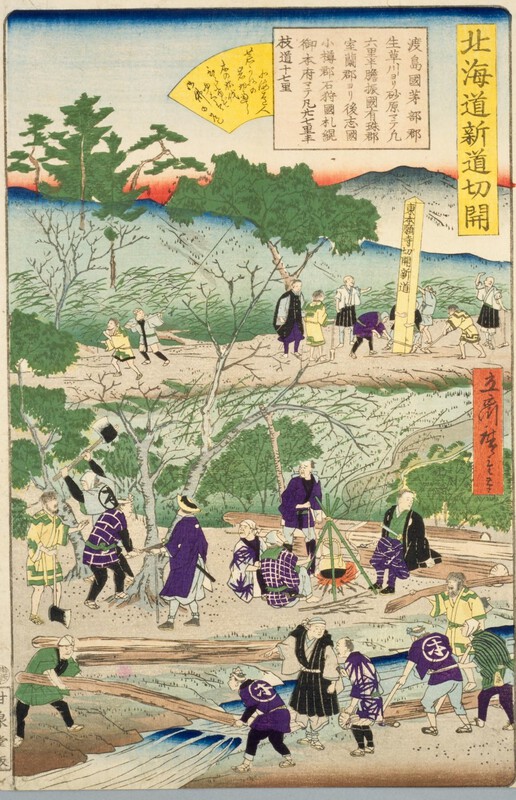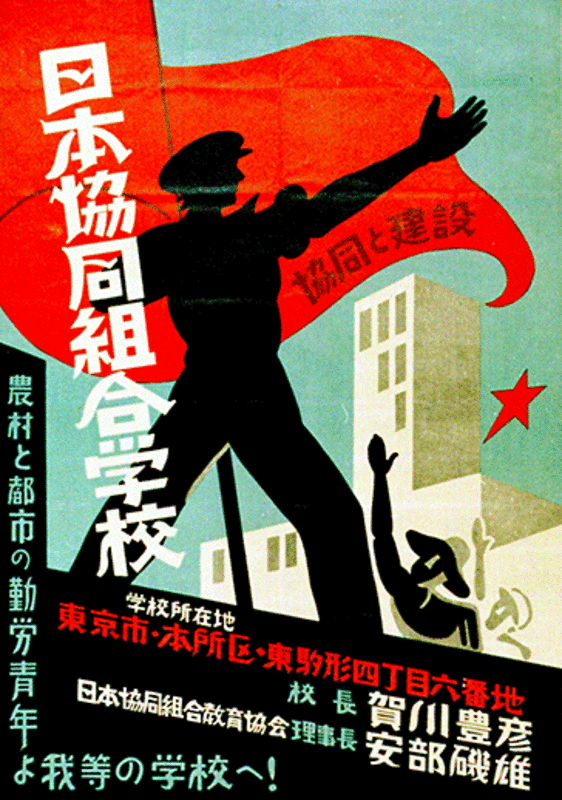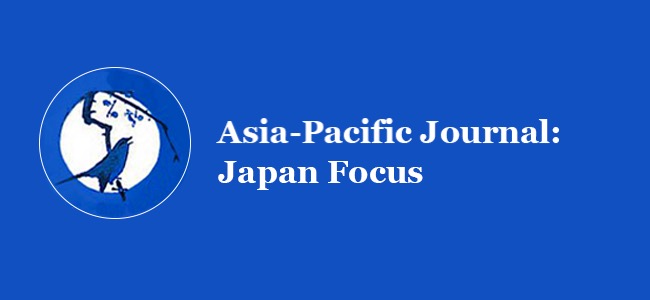A Strategic Partnership Between
By Vivek Pinto
The first lines of Robert Browning’s poem, ‘The Patriot’ – “It was roses, roses, all the way” – may well characterise the splendid success of prime minister Manmohan Singh’s visit to
Any keen student of recent Indo-Japanese relations could ingenuously ask: Why is
Undoubtedly, Japan through this visit was obviously moving from words to deeds and clearly signalling how seriously it took the summit with prime minister Singh and those who accompanied him, including union minister for commerce and industry, Kamal Nath, national security adviser, M K Narayanan, foreign secretary, Shiv Shankar Menon, commerce secretary, Gopal Krishna Pillai, India’s ambassador to Japan, Hemant K Singh. However, to quite a few analysts

A view of the nuclear test site at Pokhran in Rajasthan
Economic Cooperation
For the most part, this dramatic and belated intensification in bilateral relationships is broadly defined by the launching of a joint task force to develop an economic partnership agreement (EPA)/comprehensive economic partnership agreement (CEPA) between
It was in this context that one of the main MoUs signed during the PM’s visit was to promote the Delhi-Mumbai Industrial Corridor. This would be a dedicated freight corridor to facilitate transport of goods, development of infrastructure and promotion of manufacturing, trade, and investment between
Japan, as do other countries, sees India as a source of labour force, low manufacturing costs, and a large and rising middle class – currently estimated at “300-million-strong and which is not only gaining from the country’s rapidly expanding economy, but is also driving the consumption boom.[It was to this class that] Maruti, in partnership with Suzuki Motors Corporation, brought the car within the reach of middle-class households in the mid- 1980s by introducing an affordable model.” [13] Further,
In addition, the Indian economy has seen an annual average growth in its gross domestic product of more than 8 per cent during the three years ending 2004-06. Manmohan Singh, in his address to the Japan Chamber of Commerce and Industry on December 15, remarked: “The Indian economy is on a new path of accelerated growth. In the first half of the current fiscal year the growth rate recorded a new high of 9.1 per cent. The manufacturing sector is fast catching up with the services sector. These two sectors account for almost 80 per cent of our national income.” [14] He added that, “this remarkable growth is being led by an investment rate of 31 per cent of GDP, financed entirely by a matching savings rate of over 29 per cent.
Nuclear Cooperation
Fortuitously, President Bush has recently signed the US-India nuclear cooperation law that will let

U.S. President George W. Bush signs the United States-
India Peaceful Atomic Energy Cooperation Act in the East
Room of the White House, Dec. 18, 2006.
At the time of writing, “
Vivek Pinto is an academic, activist and scholar of Gandhian thought. Email: [email protected]
This is slightly abbreviated from an article that appeared in The Economic and Political Weekly
Notes
1 A J Philip, ‘Japan’s Visit Quest for East: PM’, The Tribune,
2 ‘Text of Prime Minister’s Policy Speech to the Diet’, The Japan Times,
3 John Cherian, ‘A Strategic Stopover’, Frontline, 10, May 7- 20, 2005.
4 ‘Joint Statement: Towards India-Japan Strategic and Global Partnership’, December 15, 2006, Tokyo, signed by the prime minister of the Republic of India and the prime minister of Japan, p 2.
5 Prime minister’s speech to the Diet, December14, 2006,
6 Speech by prime minister, Shinzo Abe, August14, Tokyo, at the launching of India- Japan Friendship Year, 2007.
7 See ‘Highlights of Documents Signed between
8 ‘Report of the India-Japan Joint Study Group’, June 2006.
9 ‘Joint Statement: Towards India-Japan Strategic and Global Partnership’, p 4.
10 Ibid, pp 4-5.
11 Ibid, p 4.
12 Prime minister’s speech to the Diet, p 4.
13 ‘
14 Prime minister’s remarks, Japan India Business Luncheon Meeting,
15 Vivek Pinto, ‘Making Up for the Lost Decade’, Economic and Political Weekly,
16 ‘The Position of Nuclear Energy in
17 Prime minister’s speech to the Diet, p 3.
18 Christopher Flavin and Gary Gardner, ‘
19 ‘India’s Electricity Reforms’, The Economist, September 24, 2005, quoted in State of the World 2006, p 11.
20 State of the World 2006, p 11.






